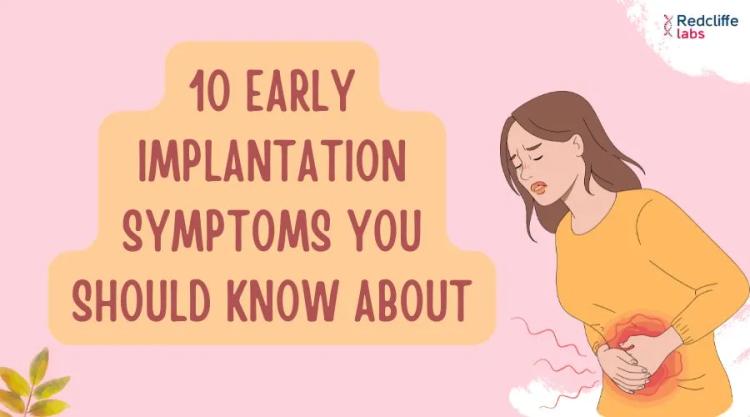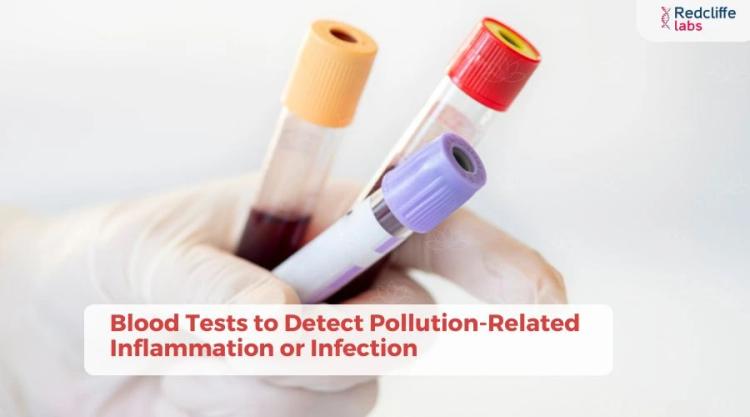Bipolar Disorder: Its Signs, Causes, and Connection with Women

Medically Reviewed By
Dr Divya Rohra
Written By Sheena Mehta
on Jul 12, 2024
Last Edit Made By Sheena Mehta
on Jul 19, 2025

Are you a Gemini? The third zodiac sign and the people born under it are usually considered dual personalities. Some common traits include being highly energetic, unpredictable, positive, impulsive, and secluded.
Well, if yes, you are indeed. Every zodiac sign is different, and people born under it possess certain characteristics that make them unique.
You might be surprised to know that there is a special breed of people who have extreme mood swings that can be both high and low. When they show these classic mood patterns, it is called bipolar disorder.
Let’s discuss bipolar disorder in detail.
It is a mental health condition that is first developed during the teenage years or early adulthood. It is a chronic (long-term) condition in which you may feel that your high and low moods are extreme and that mood swings are overwhelming. In bipolar disorder, these mood changes are sometimes called mood episodes or mood states. They can be very distressing and greatly impact an individual’s life.
Bipolar disorder leads to intense shifts in mood at different times.
- Manic or hypomanic episodes: This means a high or euphoric mood. Hypomania means ‘less than mania.’ Some symptoms include less severe mood swings. Hence, such people are decent colleagues who are less likely to create problems at work.
- Depressive episodes: feeling low, hopeless, or irritable.
Do you know?
Men and women from all walks of life are equally likely to develop bipolar disorder. Still, bipolar disorder is more common in women, as they experience depressive symptoms due to low energy, a lack of motivation and interest in daily chores, and a range of linked conditions.
What are the common signs of bipolar disorder in women?
Bipolar disorder can impact women in several ways, from experiencing their first episode during menstruation to pregnancy, though symptoms can develop at any time and vary from person to person. A bipolar woman can act:
- Excited, pleased, or high: Women with bipolar disorder may experience extreme highs (known as mania) and extreme lows (known as depression).
- Feeling very chatty: If you have bipolar disorder, you have excessive energy that makes you speak fast or be unusually talkative.
- Pessimistic about everything: Women with bipolar disorder may also notice significant changes in their behavior. They can start feeling pessimistic about everything in life, as negative thought patterns are a by-product of bipolar disorder.
- Impulsive Behavior: Women with bipolar disorder act impulsively during the hypomanic or manic phase of the illness. Some examples include overspending, unprotected sex, and extramarital affairs.
- Lack of Focus: Women with bipolar disorder may also find it challenging to concentrate on one thing, as this disease can also adversely affect cognitive functioning, making it more bothersome for them.
Hence, these signs and symptoms should be carefully monitored, as they are at high risk of psychosis episodes.

5 factors that can make a normal woman suffer from bipolar disorder.
Bipolar disorder (BD) is a mental health condition characterized by shifts in mood, focus, and energy levels. These mood swings can affect an individual's ability to perform day-to-day tasks. There is a combination of factors that can cause bipolar disorder in a woman, making her behave in a certain way that is typically unusual.
- Hormonal Imbalances: The hormonal imbalance in women during menstruation, pregnancy, and menopause can trigger bipolar disorder. The situation may worsen, and additional support is needed during these challenging times.
- Double standards of society: Even though women and girls are considered less superior or inferior than their male counterparts, they are expected to fulfill multiple roles and responsibilities at home and work, leaving them in a web of conflicting expectations. Besides, not living up to the expectations of their loved ones or people at work can create a feeling of guilt or shame.
- Other Health Conditions: If you or any woman in your surroundings has bipolar disorder, you may also experience anxiety, attention-seeking problems, attention deficit hyperactivity disorder (ADHD), or eating disorders.
- Genetics: If one parent has bipolar disorder, there is a 1 in 10 chance their child will develop the condition.
- Stressful Circumstances: Women or individuals are vulnerable to bipolar disorder if they have experienced a stressful circumstance like a family conflict, childhood physical, mental, or emotional abuse, or any life-altering events.
You should know that the exact cause of bipolar disorder is not fully known. Physical, mental, and emotional factors can make someone, especially a woman, more likely to develop the condition.

How does a doctor diagnose if a woman has bipolar disorder?
If you or any woman is concerned about her extreme mood swings, it is important to seek medical guidance.
Diagnosing a woman with bipolar disorder involves a thorough assessment of her mental state. Your doctor will ask you certain questions about your moods, including how long you have experienced mood swings and if they are affecting your daily life, to confirm if you have bipolar disorder. Besides, he may suggest a blood test to determine other health issues, such as hypothyroidism, which can also cause anxiety, depression, and bipolar disorder.
Types of bipolar disorder: bipolar I and bipolar II.
There are two main types of bipolar disorder, each with a separate diagnosis.
- In bipolar I, the woman experiences more severe highs (mania), which may not include depressive episodes.
- In bipolar II, the woman experiences less severe highs (hypomania) and may include depressive episodes.
However, there is another type of bipolar disorder that causes emotional ups and downs: cyclothymic disorder. It is less popular than bipolar I and bipolar II.
Is bipolar disorder curable?
Bipolar disorder can be effectively treated with antidepressant and antipsychotic medicines and long-term mood stabilizers. It may also involve psychological therapy and other lifestyle changes to reduce the risk of relapse and improve quality of life.
Take Away
Patients often confuse bipolar disorder with premenstrual dysphoric disorder (PMDD), where people have extreme emotional and physical changes before the period. Besides, women or individuals who are using drugs or consume alcohol in excessive amounts can also mimic bipolar disorder.
If you have symptoms of bipolar disorder, talk to your healthcare provider so that they can determine the cause of your symptoms.



